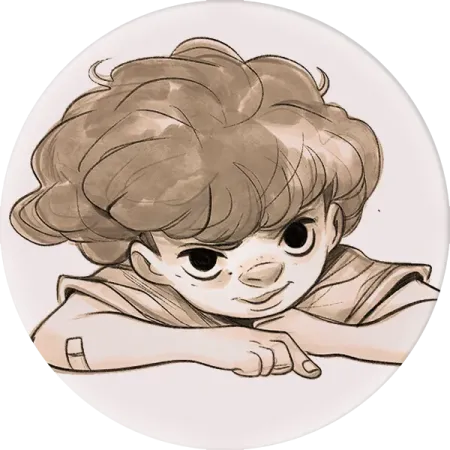The Sorrow of Justa Diva
The story has been rewritten,
the friends are gone,
and the saviors have become threats.
Something broke—and no one heard it.
“So… what happened?” Anne didn’t understand any of it, and that made her feel insecure and nervous.
“Well, at first... Heino began to appear more and more often on TV, giving speeches in which he explained at great length that the time had come... for certain things in the Forest... to change. And strangely — it’s not like anyone heard him yelling or threatening. Nothing like that. He was always smiling, calm, and polite, but his words still felt... oppressive.”
He spoke of mysterious enemies threatening us, of dark forces of evil that must be decisively resisted, of the need for unity among all who cherish freedom, of pride and patriotism. And somehow, it always ended with the conclusion that life in the Forest required... what did he call it exactly... oh yes, “a few small corrections.”
Then the newspapers began to hint that a “decisive battle” had recently taken place here, and that only thanks to Mr. Heino’s efforts and willpower had we narrowly escaped a terrible, irreversible disaster. At first, no one knew what they were talking about—but, you know how it is: if the papers repeat something long enough, eventually everyone starts to believe it.
Gradually, the story began to take shape, to become clearer. And so, one day, it suddenly turned out that Heino was a great hero—a defender and savior of freedom. And that my closest friends, the four Elves, were actually traitors and cowards who had been helping a foreign, hostile power.
She coughed and added quietly, avoiding Anne’s gaze:
“A certain... evil red-haired witch... who wanted to enslave everyone in the Forest... with the help of her ghost-monsters.”
Reflections on the scene
⸻ ❦ ⸻
– ❦ –
In this hauntingly theatrical scene, Anne steps into the heart of the enemy’s illusion — a theme park turned propaganda machine. “The Great Showdown” is more than a spectacle: it’s the symbolic rewriting of truth as entertainment. Heino has weaponized memory and turned Anne into a villain. Her face, twisted in a caricature of fury, is sold on mugs and T-shirts. The Forest itself is now a stage-set, a hollow replica of magic’s ruins.
But the deeper blow comes from within. Anne’s own reflection mirrors the posters. Her anger has disfigured her. When she grabs the microphone and screams the truth, her outburst only feeds the myth she seeks to destroy. The scene becomes a study in tragic irony: Anne fights the lie but ends up confirming it in the public eye.
Then — a twist. The traitor diva, Justa, saves Anne from the spiders. Her confession, bitter and broken, uncovers the backstory of betrayal. It wasn’t evil, but weakness — and vanity. The enemy didn’t use brute force to take the Forest. He simply offered a better deal.
What we see is a satire of our own times: how money hijacks art, how spectacle drowns truth. But also, how resistance begins with seeing clearly. Anne’s rage may backfire, but her refusal to accept the lie is a first spark. Even the burned-out diva remembers joy — and that, too, is a beginning.






